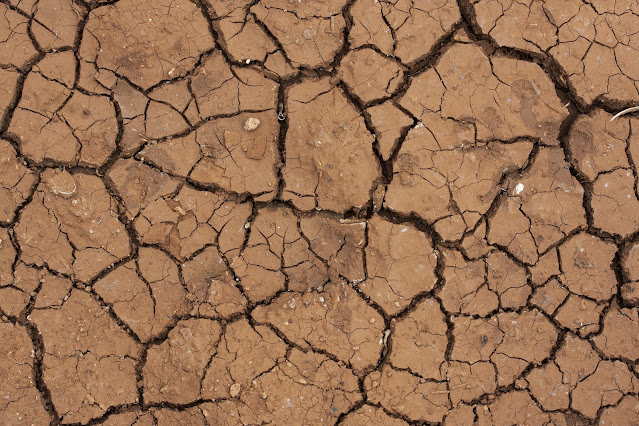HOW CLIMATE CHANGES EFFECT UPON YOU

Rising temperatures : Global temperatures have been increasing steadily over the past few decades, with 2020 being one of the warmest years on record. Extreme weather events: The frequency and intensity of extreme weather events such as hurricanes, heatwaves, and wildfires have increased in many parts of the world. Sea level rise: Sea levels have been rising due to the melting of glaciers and ice sheets, putting coastal communities at risk of flooding. Ocean acidification: The ocean is becoming more acidic due to the absorption of carbon dioxide from the atmosphere, which can harm marine life. Loss of biodiversity: Climate change is causing changes in ecosystems, leading to loss of biodiversity and potential ecosystem collapse. Impacts on human health: Climate change is expected to have significant impacts on human health, including increased heat-related illnesses and the spread of vector-borne diseases. Arctic melting: The Arctic is warming at a rate twice as fast as the global




